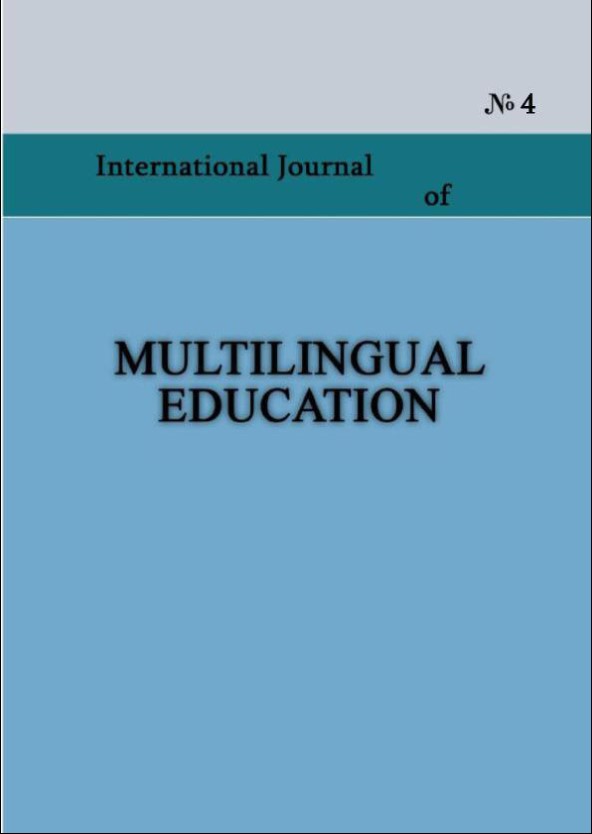"Trialogue" System Efficiency in Second Language Teaching
Keywords:
the theory of trialogue second language speech learning theory; Original, methodological innovation.Abstract
The article is the first attempt of an original method, studying a second language in a group – evidence of effectiveness and superiority of “the theory of trialogue”, in particular, compared with the method of teaching in the dialogue.
References
Babukhadia, 2014 - Babukhadia, speak Georgian (Azerbaijani and Armenian students) A1 level, Tb. 2014.
Benvenist, 1974 - Э. Бегнвенист. Общая лингвистика, М., 1974.
huakhini, 2008 - Hu, huakhini, Xu, Huaxin. "My Personal Philosophy in Teaching English as a Second Language: Some Methods I Used in Teaching English to Chinese Freshmen in Xi 'a Foreign Language University." 2008.
Tyler, 2008 - Tyler, Ralph, Tyler, Ralph W. "Nature of Learning Activities." Review of Educational Research. Vol. 1, No. 1, pp. 22-29. The Curriculum. Jan 1931. Jstor. 22Mar 2008.
Uturgaidze, 2002 - Uturgaidze Tedo, grammatical categories and their Correlation in Georgian verb, Tb., 2002.
Published
How to Cite
Issue
Section
License
Copyright (c) 2014 Merab Babukhadia

This work is licensed under a Creative Commons Attribution-NonCommercial 4.0 International License.
Copyright (c) - Authors who publish with this journal agree to the following terms: Authors retain copyright and grant the journal the right of first publication with the work simultaneously licensed under a Creative Commons Attribution-Noncommercial 4.0 International License, which allows others to share the work with an acknowledgement of the work's authorship and initial publication in this journal. Authors are permitted and encouraged to post their work online (e.g., in institutional repositories or on their personal website) prior to and during the submission process, as it can lead to productive exchanges, as well as earlier and greater citation of published work (see The Effect of Open Access). Authors may enter into separate, additional contractual arrangements for the non-exclusive distribution of the journal's published version of the work (e.g., post it to a repository or publish it in a book), with an acknowledgement of its initial publication in this journal.

